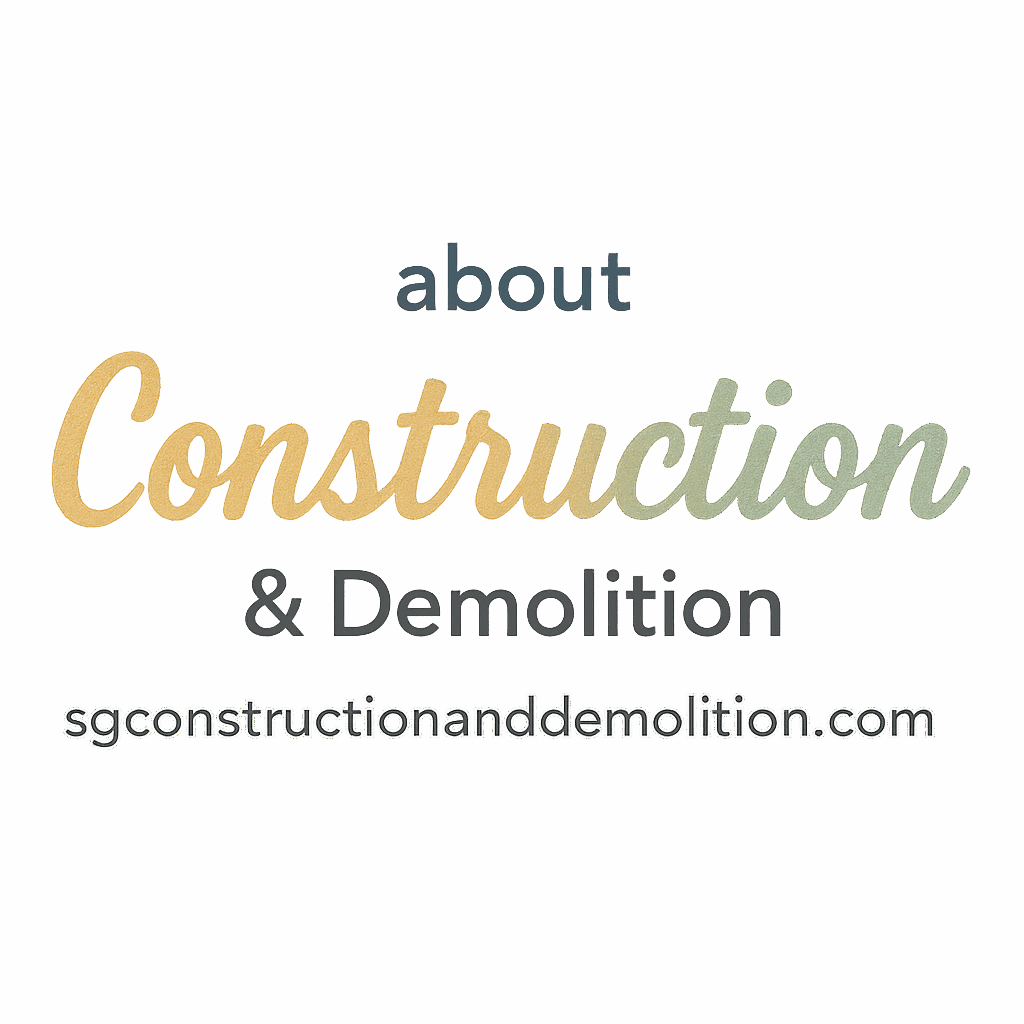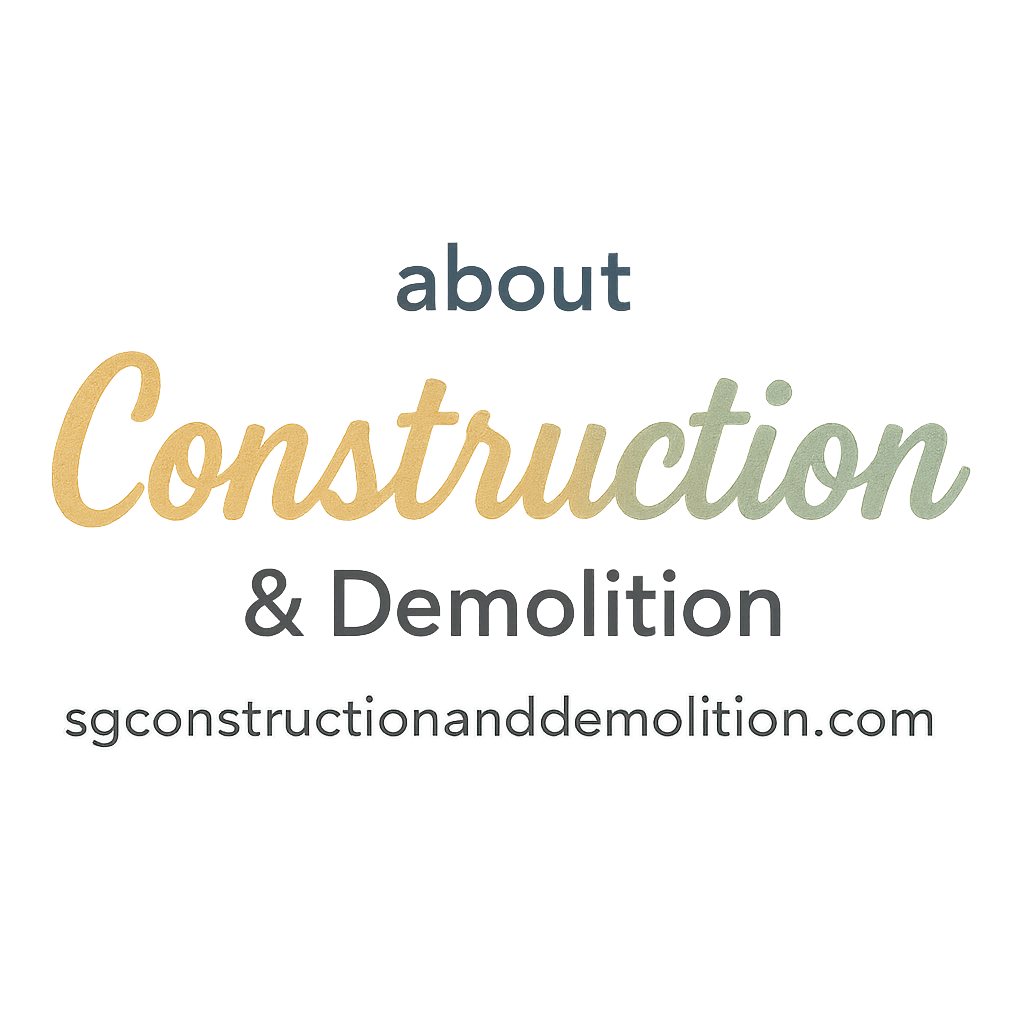Introduction
Let’s face it—construction sites can be dangerous. Whether you’re building skyscrapers or laying residential foundations, there’s always risk. That’s why wearing the right safety gear isn’t just a good idea—it’s a must.
In this post, we’re diving into the 10 safety gear essentials every construction worker needs on-site. From head to toe, this gear keeps you safe, efficient, and legally compliant.
Why Safety Gear Matters in Construction
The Risks Involved in Construction Work
Construction zones are packed with potential hazards—falling objects, sharp edges, exposed wiring, heavy equipment, loud machinery, and toxic fumes. A single oversight can lead to injury or even death.
Legal Requirements and Standards
Organizations like OSHA (Occupational Safety and Health Administration) and ANSI (American National Standards Institute) have specific regulations on Personal Protective Equipment (PPE). Not meeting those standards? You risk fines—or worse, accidents.
1. Hard Hats – The First Line of Defense
Hard hats are non-negotiable. They’re your first barrier against falling debris, swinging objects, and accidental bumps.
Types of Hard Hats
- Type I: Protects against top impact.
- Type II: Protects against top and lateral impact.
- Class G, E, and C: Offer different levels of electrical protection.
When and Where to Use Them
Use hard hats whenever you’re exposed to falling objects or electrical hazards—basically, always on a construction site.
👉 Learn more about gear safety and construction basics at Construction Basics
2. High-Visibility Clothing – Be Seen, Stay Safe
Sometimes being seen can be lifesaving. High-vis gear ensures you’re not mistaken for the background—especially on busy roads or during night shifts.
Reflective vs Fluorescent Gear
- Reflective: Great for nighttime use.
- Fluorescent: Ideal for daylight and low-light scenarios.
Situational Use Cases
Wear high-vis vests and jackets when working around vehicles, heavy equipment, or during bad weather.
3. Safety Glasses & Goggles – Protect Your Vision
Eyes are delicate, and flying particles don’t discriminate. One splinter or chemical splash can mean permanent damage.
Lens Types and Ratings
- Clear lenses: For indoor work.
- Tinted lenses: Outdoor use.
- Z87-rated: Meet ANSI safety standards.
Fog and Scratch Resistance
Invest in anti-fog and scratch-resistant coatings for long-term clarity and safety.

Check out the latest in innovation at Tools & Equipment
4. Hearing Protection – Guarding Against Noise Hazards
Exposure to high decibel levels can result in hearing loss over time.
Earplugs vs Earmuffs
- Earplugs: Disposable and fit inside the ear.
- Earmuffs: Cover the entire ear and provide higher noise reduction.
Occupational Noise Limits
OSHA limits exposure to 90 dB over 8 hours. Construction zones often exceed this.
5. Work Gloves – A Must for Hand Protection
Your hands are your tools—protect them.
Material Differences
- Leather: Great for durability.
- Rubber: Ideal for chemical resistance.
- Kevlar: For cut resistance.
Cut, Chemical, and Vibration Resistance
Choose gloves based on the specific hazards of your job. For heavy machinery? Go vibration-resistant.
For beginners, this guide pairs well with our Beginners’ Tag Resources
6. Steel-Toe Boots – Shield Your Feet
No one wants a 100-pound beam dropped on their foot.
Slip Resistance and Sole Types
- Rubber soles: Better grip.
- Insulated: Great for winter or wet conditions.
When Steel-Toe Isn’t Enough
In hazardous environments, consider metatarsal guards for added protection.
7. Respiratory Protection – Breathing Easy on the Job
Dust, fumes, and mold can wreck your lungs.
N95 Masks vs Respirators
- N95: Filters 95% of airborne particles.
- Respirators: Offer full-face or half-face protection and filter gases.
Jobs That Require Breathing Protection
Demolition, insulation, welding, and painting are just a few.
Want deeper insights into Demolition Techniques? This is your go-to guide.
8. Fall Protection Gear – Harnesses, Lanyards & More
Falls are the leading cause of death in construction.
When You Need Fall Protection
If you’re working 6 feet above ground or more, fall protection is mandatory.
How to Inspect and Use a Harness Properly
Check for:
- Worn straps
- Rusty buckles
- Frayed stitching
Always follow the “ABC” rule: Anchor, Body harness, and Connector.
Get more on Planning and Safety
9. Face Shields – For Full Facial Protection
Face shields protect not just your eyes but your whole face.
Angle Grinders, Welding, and Sparks
These tools often shoot sparks and particles directly at your face—don’t risk it.
Face Shield Materials and Visibility
Look for polycarbonate shields with anti-fog features.
Explore more Methods & Techniques
10. Knee Pads – Save Your Joints
Working on your knees all day? That pressure adds up.
Long-Term Health Benefits
Protect your cartilage and joints—kneeling daily without pads is a fast track to knee injuries.
Choosing the Right Fit
Look for adjustable straps, gel padding, and breathable materials.
Choosing the Right Safety Gear for the Job
Job Site Assessment Tips
Before each job, conduct a risk assessment. Identify potential hazards, then choose PPE accordingly.
Manufacturer Standards and Ratings
Always go for ANSI/OSHA certified gear. Quality matters when your safety is on the line.
Where to Buy and Maintain Your Safety Gear
Trusted Brands and Suppliers
Stick with brands like:
- 3M
- Honeywell
- Carhartt
- Milwaukee Tools
Maintenance Tips to Extend Lifespan
- Clean gear regularly.
- Store it in a dry, cool place.
- Replace damaged equipment immediately.
Explore Smart Green Trends and sustainability options in gear.
Conclusion
There’s no shortcut to safety. Whether you’re a seasoned pro or just getting started, these 10 safety gear essentials for construction workers aren’t optional—they’re lifesaving.
Make PPE a daily habit. It’s not just about checking a box; it’s about going home safely every day. So gear up, stay alert, and work smart!
For more industry insights and construction safety guides, visit SG Construction and Demolition.
FAQs
1. What is the most essential safety gear for construction workers?
The hard hat—it protects against head trauma and is legally required on most sites.
2. Can I reuse N95 masks on construction sites?
Only if uncontaminated and per the manufacturer’s guidelines. But best practice is to replace them regularly.
3. Are steel-toe boots mandatory on all construction sites?
Not always, but they’re strongly recommended where heavy objects or machinery are present.
4. How do I know if my safety gear meets OSHA standards?
Check for ANSI/OSHA certification labels on the gear or consult manufacturer documentation.
5. What should I do if my PPE gets damaged?
Replace it immediately. Damaged PPE can be as dangerous as no PPE at all.
6. Is high-vis clothing required indoors?
If vehicles or equipment are in motion inside the site, then yes.
7. Where can I learn more about construction safety?
Visit the Planning & Safety section of SG Construction and Demolition for guides, tools, and updates.


